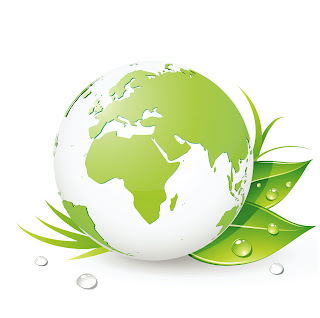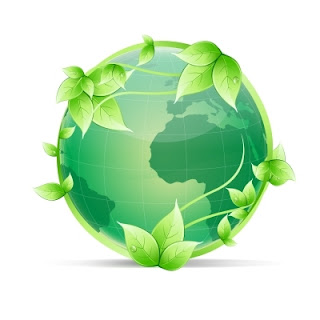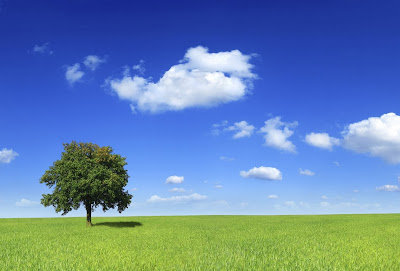Top Hazardous Chemicals in the Home
- Air Fresheners - Many contain Formaldehyde - highly toxic, known carcinogen; Phenol - skin contact can cause swelling, burning, peeling and hives, can cause cold sweats, convulsions, circulatory collapse, coma and potentially death.
- Ammonia - Damaging to eyes, respiratory tract and skin.
- Bleach - Very corrosive, can irritate or bun skin, eyes and respiratory tract. May cause pulmonary edema, vomiting and coma if ingested.
- Carpet and Upholstery Shampoo - Some contain Percholrethylene a known carcinogen damaging to liver, kidney and nervous system. Ammonium Hydroxide - corrosive and very irritable to eyes, skin and respiratory passages.
- Dishwasher Detergents - Most contain chlorine in dry form. #1 cause of child poisoning according to the poison control centers. Also contain phosphates which pollute ground water supplies.
- Drain Cleaner - Most contain lye; caustic, burns skin and eyes, will damage esophagus and stomach if ingested. Hydrochloric acid - corrosive, irritant to eyes and skin, damages kidneys, liver and digestive tract. Trichloroethane - irritant
- Furniture Polish - Petroleum Distillates - Highly flammable, can cause skin and lung cancer. Phenol - same as air fresheners. Nitrobenzene - easily absorbed via the skin, extremely toxic.
- Mold and Mildew Cleaners - Sodium hypochlorite - corrosive, irritant/burning to skin and eyes, causes fluid in the lungs and can lead to coma or death. Formaldehyde - Highly toxic, known carcinogen, irritant to eyes, nose, throat, and skin. May cause nausea, headaches, nosebleeds, dizziness, memory loss and shortness of breath.
- Oven Cleaner - Sodium Hydroxide (lye) - Caustic, strong irritant, burns skin and eyes, inhibits reflexes, will cause severe tissue damage if ingested.
- Antibacterial Cleaners - May contain Triclosan - absorption via skin can be tied to liver damage.
- Laundry Products - Besides Bleach, may contain Sodium or Calcium Hypocrite - Highly corrosive, irritates or burns skin, eyes or respiratory tract. Linear alkylate sulfonate absorbed via skin. Known liver damaging agent. Sodium Tripolyphosphate - irritates skin and mucous membranes causes vomiting. Easily absorbed via skin from clothes.
- Toilet Bowl Cleaners - Hydrochloric Acid - highly corrosive, irritant to skin and eyes. Damages liver and kidneys.
- Hypochlorite Bleach - Corrosive, irritates/burns eyes, skin and respiratory tract. May cause pulmonary edema, vomiting, or coma if ingested. Contact with other chemicals may cause chlorine fumes which can be potentially fatal.
Other Toxic items around the home
PesticidesFlea Powders
Lice Shampoo
Car Wash and Polish
Tar and Bug Remover
Did you know?
- Manufacturers of conventional household cleaners are not required by law to disclose the noxious ingredients in their products.
- Do not be fooled by the words "non-toxic" on labels. The government does not define it so it CAN be used on toxic products.
- Only a minute fraction of the 75,000+ chemicals registered have been tested for human health concerns. (EPA)
- The typical American household is the number one violator of chemical waste per capita. (EPA)
- The average American home has 3-10 gallons of hazardous materials. (Children's Health Environmental Coalition)
- Children are especially at risk to toxin exposure
- Pound for pound, they breathe more air, drink more water, eat more food.
- At play, they crawl and put things in the mouth (which is true also of our pets)
Natural Cleaning Alternatives
- Choose an eco-friendly, cleaning service.
- Do it Yourself with store bought green earth cleaning products.
- Read labels of products and choose those that appear to disclose all ingredients.
- Beware of the words caution, warning, and danger.
- Select products made from plant-based material, eg. Oils of citrus, seed, vegetables as these should be biodegradable.
- Choose pump spray containers over aerosols. These not only can be harmful to ozone, but also produce a finer mist more readily inhaled.
Do it yourself with homemade cleaning agents.
- Baking Soda: All purpose cleaner, effective on glass, coffee pots. Eliminates red-wine stains from carpet. When made into a paste with water shines stainless steel and silver, removes tea stains from cups. For cleaning sinks, counters, toilets and tubs, make a paste with castile and a drop of essential oil (tea tree or lavender). To clear clogged drains, pour 1 cup down the sink followed by 3 cups of boiling water.- Boiling Water: Use weekly to flush drains and avoid clogs.
- Coarse salt: Cleans copper pans and scours cookware. Sprinkle onto fresh spills in the oven then wipe off. To remove rust stains sprinkle on salt then squeeze lemon or lime over them and let sit for several hours and wipe off.
- Essential oils: Mix lavender or tea tree essential oils with water and use as an anti-bacterial spray for kitchen and bathroom surfaces.
- Grapefruit-seed extract: To kill mold and mildew, add a few drops to water and spray onto affected surfaces.
- Lemon juice: Acts as a bleaching agent on clothing. Use to remove grease from stove and countertops. Add 2 Tbsp lemon juice to 10 drops of real lemon oil and a few drops jojoba oil to clean and polish wood furniture.
- Olive Oil: Lubricates and polishes wood furniture. Mix 3 parts olive oil to 1 part vinegar; or 2 parts olive oil with 1 part lemon juice.
- Tea Tree Oil: Antibacterial properties, kills mold and mildew. Add 50 drops to a bucket of water to clean countertops and tile floors.
- Toothpaste (plain white): Cleans silver, can remove water stains on wood furniture; dab on, allow to dry then wipe off.
- White vinegar - Cleans linoleum floors and glass when mixed with water and a small amount of castile. Cuts grease and removes stains; removes soap scum and cleans toilets (you can also add baking soda too). Can be poured down drains weekly for antibacterial cleaning. Add to water in a spray bottle to kill mold and mildew.
Other Considerations:
- Micro fiber cloths/mops are excellent at attracting dirt and bacteria and should not require any cleaning solutions- just water, so they are eco-friendly and economical.
- Use of cloths that can be washed and used again as opposed to disposable wipes is better for the environment as it uses fewer resources.
- Using a HEPA-type filter vacuum traps dust in the vacuum with fewer particles being released back into the air.
- Prevention: Take off shoes when in the home.













.jpg)









